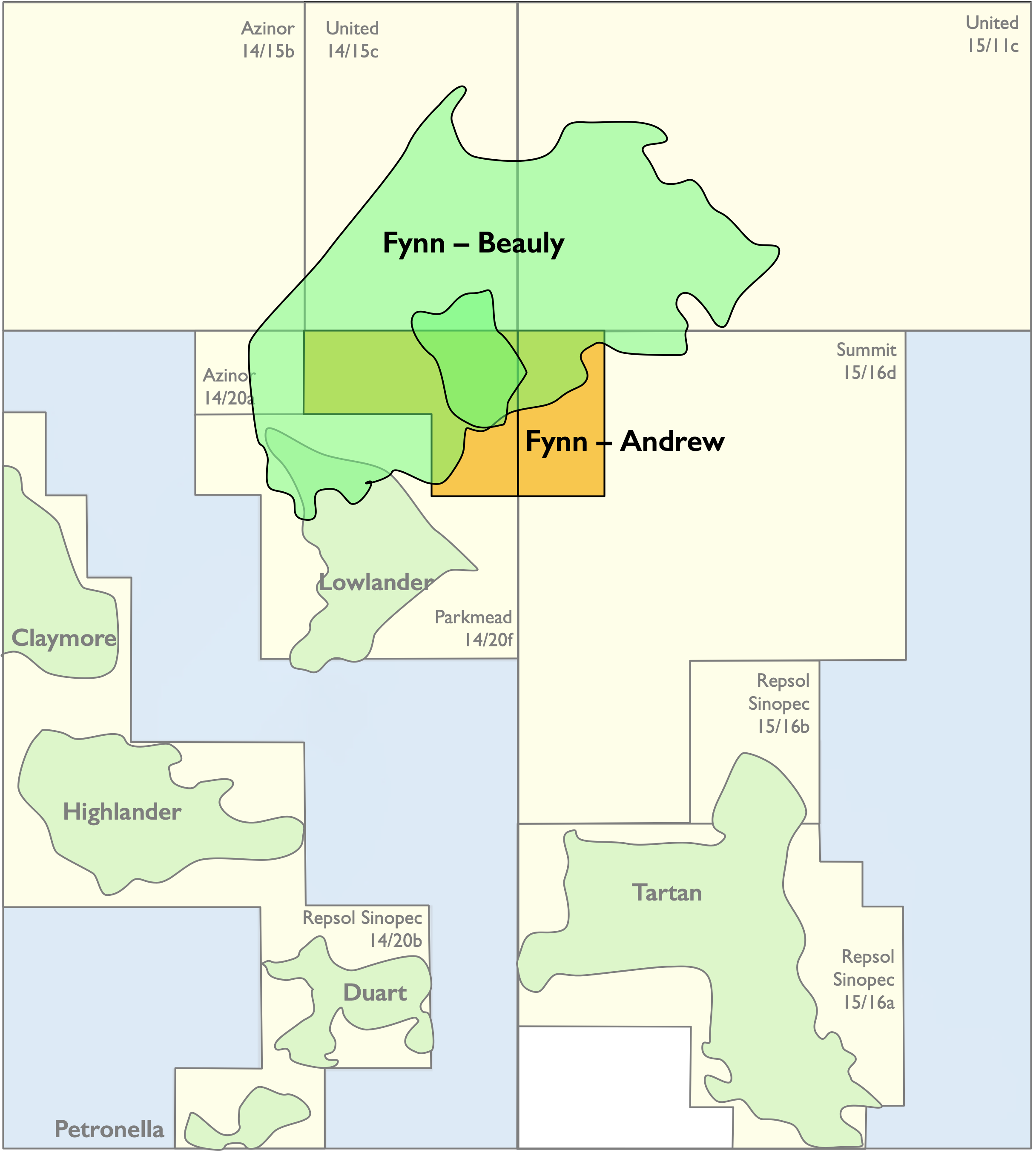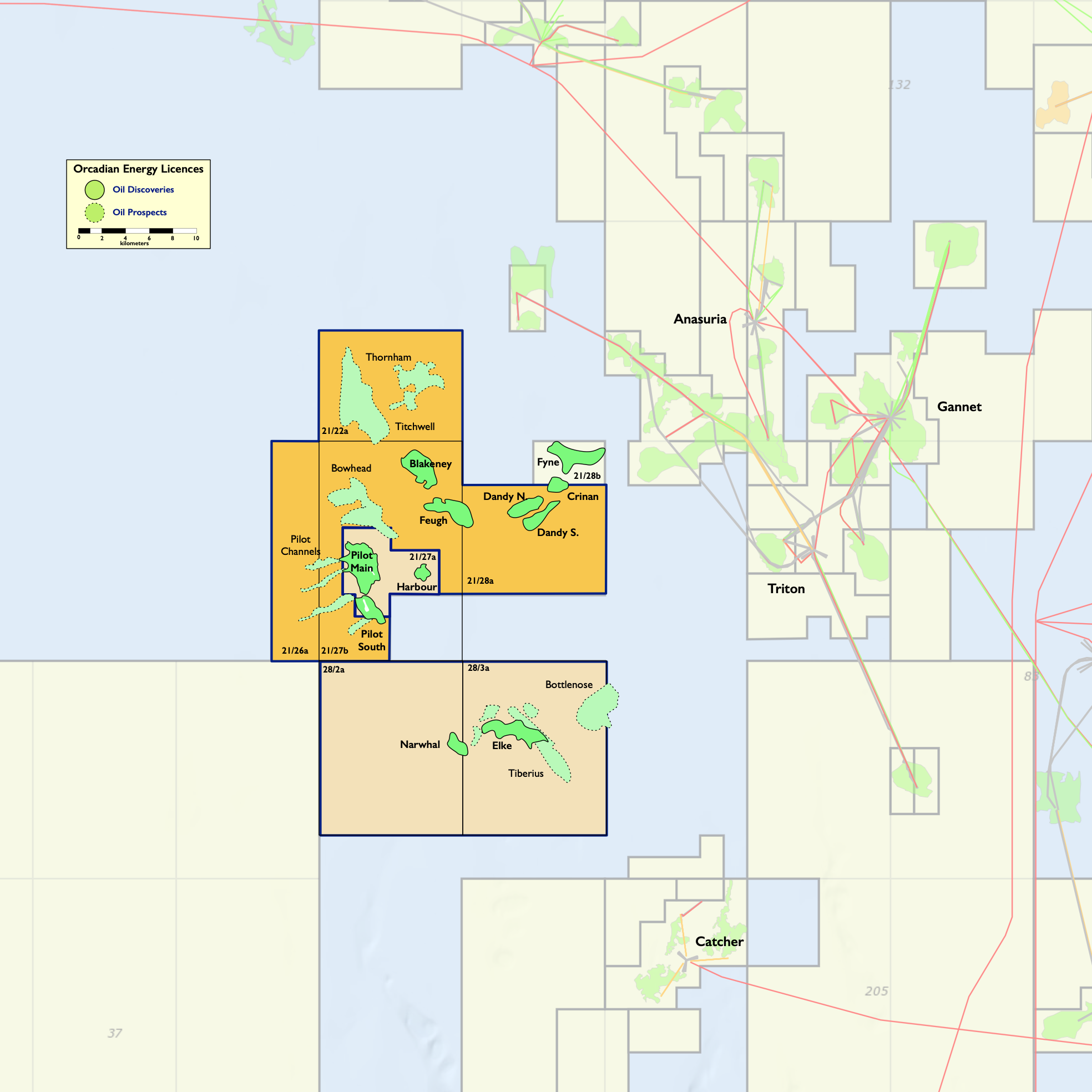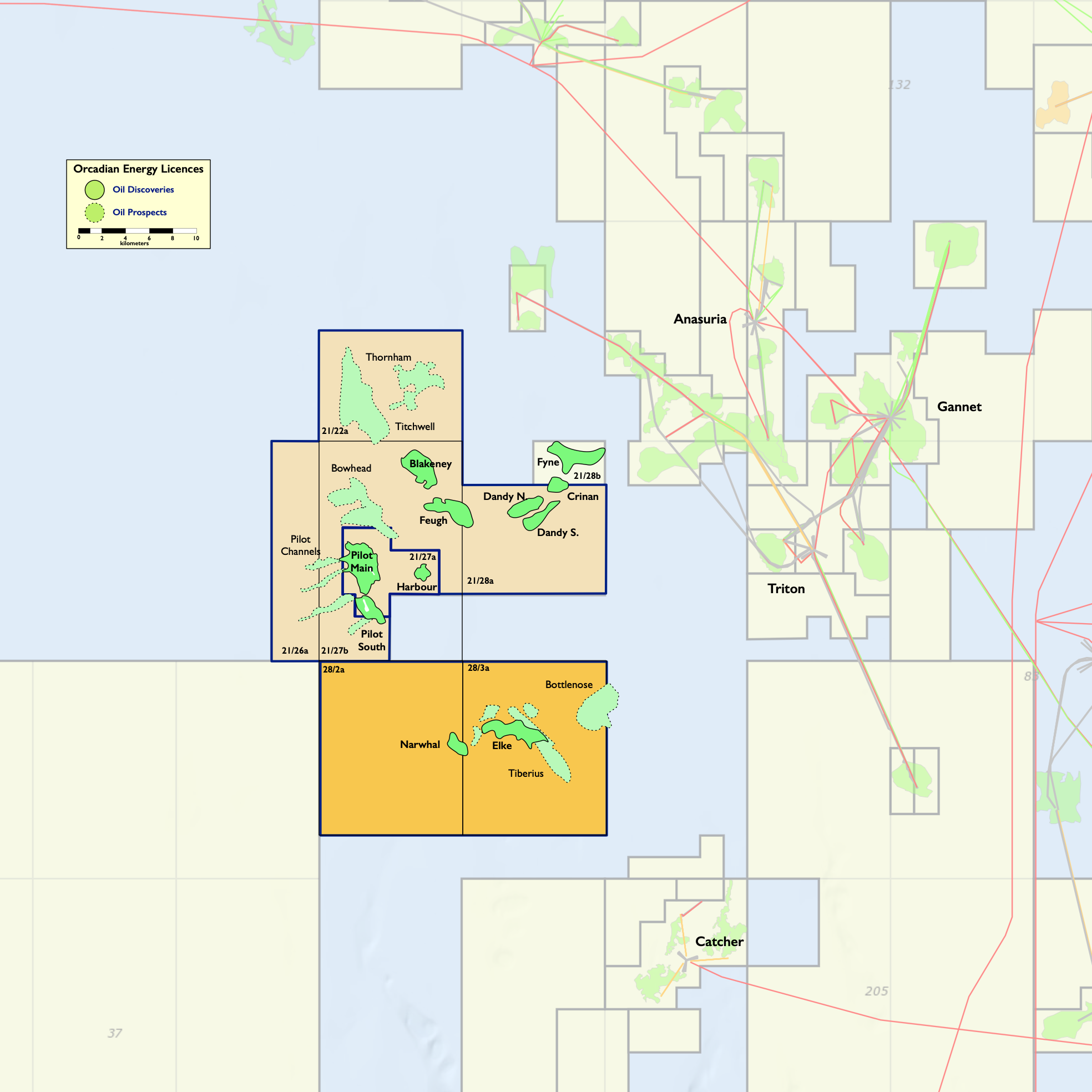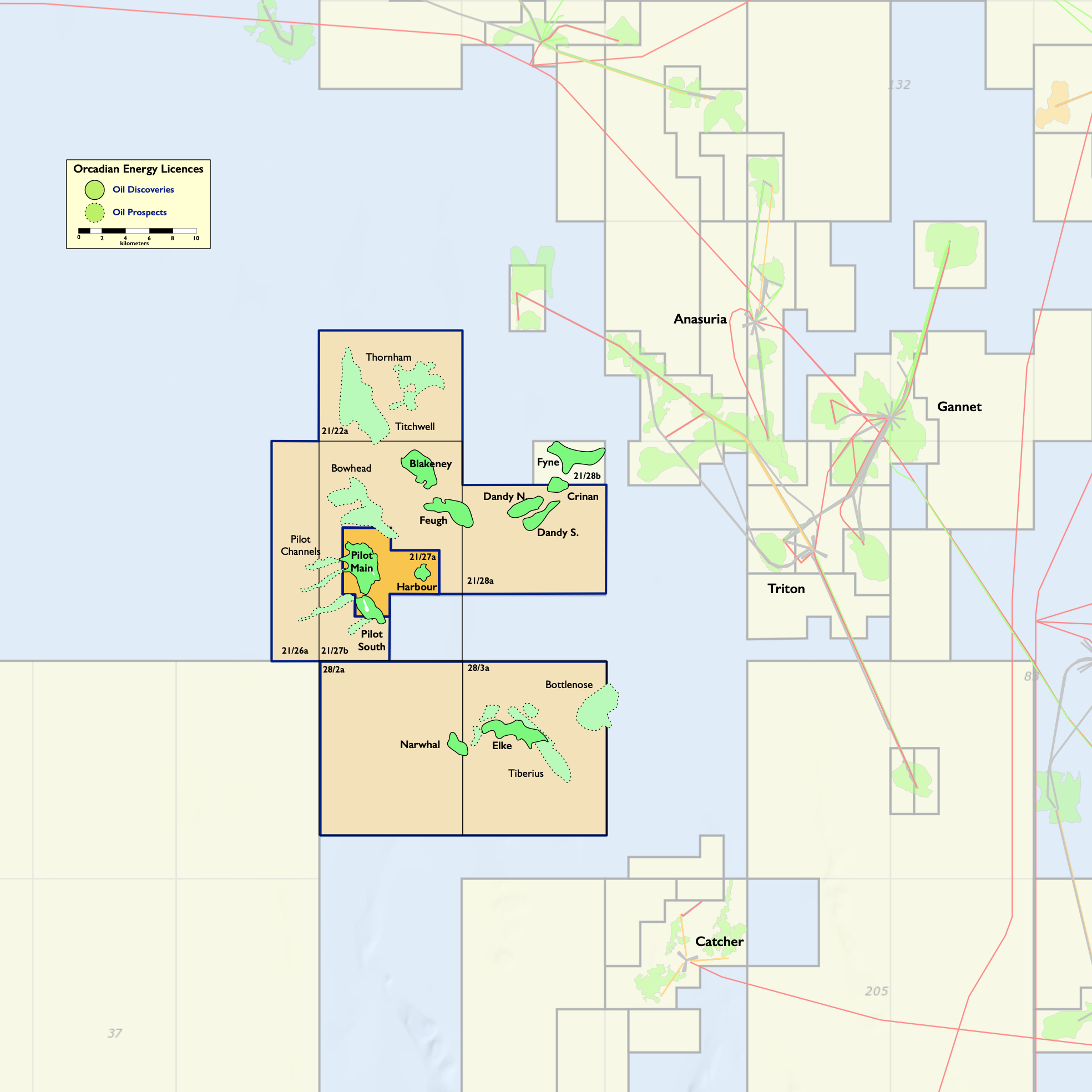23 June 2022
Orcadian Energy plc
(“Orcadian Energy”, “Orcadian” or the “Company”)
Orcadian Energy (AIM:ORCA), the low-emissions North Sea oil and gas development company, is pleased to announce that the North Sea Transition Authority (“NSTA”) published, this morning, the full report prepared by the Company and its partners, for the Platform Electrification competition launched in September 2021.
The competition sought electrification concepts that could minimise carbon emissions for existing North Sea platforms. “Orcadian’s Microgrid Concept” aims to dramatically cut carbon emissions, ensuring that the oil and gas that features in our future energy mix is as sustainable as possible. The full report and a summary are available from the Company’s website.
Background
As announced on 9 May 2022, Orcadian and its consortium partners have designed what they believe is a viable, reliable, off-grid option for powering North Sea platforms. The approach is founded on power from floating wind turbines, supported by energy efficient and highly responsive gas-powered generators with enough battery power to maintain a reliable supply. Floating distribution hubs will be used to collect the power from the wind turbines and distribute power to the operators’ platforms through a network of cables. The Directors believe this design can be more effective and cost substantially less than cable from shore solutions, with a potential to deliver an earlier and deeper cut to emissions. The Directors also believe future operating costs can be substantially reduced with this solution, which could enable mature fields to keep producing longer and facilitate development of satellite discoveries with minimised emissions. All of these outcomes would enhance the UK’s energy security and would ensure that emissions from North Sea oil and gas production remain world leading.
Advantages of the Orcadian approach include:
- Emissions reductions – approaching an estimated 80% reduction for offshore facilities.
- Lower costs – potential saving of almost US$2 billion and more than 25% cheaper compared to a solution that uses power from the UK grid, when capital and ten years of operating costs are included, for a subset of platforms.
- A practical way for operators to meet their North Sea Transition Deal commitments in terms of both the emission reduction targets and timeframe.
- Could be delivered quickly, and in phases, which allows a staged deployment with a steadily improving reduction in emissions.
- Opportunities for the core infrastructure to be re-used or redeployed – which could provide legacy infrastructure for the grid and/or other users.
The full report, as well as the list of documents that can be downloaded, is available on the company’s website: https://orcadian.energy/esg/net-zero-basin/
Steve Brown, Orcadian’s CEO, said:
“The report we have produced with our partners provides a solution that ensures that oil and gas can be produced with much lower emissions and in line the North Sea Transition Deal agreed with Government in 2021. Oil and gas will remain an important part of the energy mix and the industry aims to deliver that energy in the cleanest way possible. We look forward to working with NSTA, the oilfield operators, as well as our partners to deliver this concept as a reality on the UKCS.”
For further information on the Company please visit the Company’s website: https://orcadian.energy
Contact:
| Orcadian Energy plc | + 44 20 7920 3150 |
|
Steve Brown, CEO Alan Hume, CFO |
|
| WH Ireland (Nomad and Joint Broker) | +44 20 7220 1666 |
|
Harry Ansell / Fraser Marshall (Corporate Broking) Katy Mitchell / Andrew de Andrade (Nomad) |
|
| Shore Capital (Joint Broker) | +44 20 7408 4090 |
|
Toby Gibbs / Liam Zabludowicz (Advisory) |
| Tavistock (PR) | + 44 20 7920 3150 |
|
Nick Elwes Simon Hudson |
[email protected] |
| Charlesbye (PR) | + 44 7403 050525 |
|
Lee Cain / Lucia Hodgson |
The Orcadian Consortium
Funded by the NSTA, the Orcadian consortium consists of Orcadian Energy, Crondall Energy, Petrofac, Wärtsilä, Enertechnos, and North Sea Midstream Partners and has developed an innovative solution which realises significant emissions reduction through electrification of existing facilities, whilst also breaking down the electrification project into manageable pieces.
The Orcadian consortium has considered it vital to remember during the conceptual design phase that the needs of the consumer are the priority, and our approach has been to demonstrate a secure, decarbonised, reliable power source that will be relatively easy for operators to incorporate into their facilities.
Development of the microgrid solutions has only been achieved by extensive collaboration between the consortium members, Orcadian Energy, Crondall Energy, North Sea Midstream Partners (NSMP), Wärtsilä, Enertechnos and Petrofac.
- Orcadian Energy is the custodian of the microgrid concept, acting as the microgrid system operator, owner of the commercial model, and the technical concept.
- Crondall Energy is Orcadian Energy’s client engineering team, managing the delivery and development of the Microgrid concept.
- North Sea Midstream Partners (NSMP) are an infrastructure investor and are also supporting the development of the commercial model for the microgrid concept.
- Wärtsilä is a global leader in innovative technologies and lifecycle solutions for the marine and energy markets. Wärtsilä are a key equipment vendor for the microgrid concept, providing highly efficient, low emissions gas fired engines, as well as the energy storage system.
- Enertechnos is a cable technology provider, with their patented cable providing the potential for a significant increase in the transmission distance for MV AC power.
- Petrofac is a global energy services company providing expertise on how to implement the microgrid concept from an Engineering Procurement and Construction (EPC) and Operations & Maintenance (O&M) perspective.
About Orcadian Energy
Orcadian is a North Sea oil and gas operator with a difference. In planning its Pilot development, Orcadian has selected wind power to transform oil production into a cleaner and greener process. The Pilot project is moving towards approval and will be amongst the lowest carbon emitting oil production facilities in the world, despite being a viscous crude. Orcadian may be a small operator, but it is also nimble, and the Directors believe it has grasped opportunities that have eluded some of the much bigger companies. As we strike a balance between Net Zero and a sustainable energy supply, Orcadian intends to play its part to minimise the cost of Net Zero and to deliver reliable organic energy.
Orcadian Energy (CNS) Ltd (“CNS”), Orcadian’s operating subsidiary, was founded in 2014 and is the sole licensee of P2244, which contains 78.8 MMbbl of 2P Reserves in the Pilot discovery, and of P2320 and P2482, which contain a further 77.8 MMbbl of 2C Contingent Resources in the Elke, Narwhal and Blakeney discoveries (as audited by Sproule, see the CPR in the Company’s Admission Document for more details). Within these licences there are also 191 MMbbl of unrisked Prospective Resources. These licences are in blocks 21/27, 21/28, 28/2 and 28/3, and lie 150 kms due East of Aberdeen. The Company also has a 50% working interest in P2516, which contains the Fynn discoveries. P2516 is administered by the Parkmead Group and covers blocks 14/20g and 15/16g, which lie midway between the Piper and Claymore fields, 180 kms due East of Wick.
Pilot, which is the largest oilfield in Orcadian’s portfolio was discovered by Fina in 1989 and has been well appraised. In total five wells and two sidetracks were drilled on Pilot, including a relatively short horizontal well which produced over 1,800 bbls/day on test. Orcadian’s proposed low emissions, field development plan for Pilot is based upon a Floating Production Storage and Offloading (FPSO) vessel, with over thirty wells to be drilled by a Jack-up rig through a pair of well head platforms and provision of power from a floating wind turbine to provide much of the energy used in the production process.
Emissions per barrel produced are expected to be about an eighth of the 2020 North Sea average, and less than half of the lowest emitting oil facility currently operating on the UKCS. On a global basis this places the Pilot field emissions at the low end of the lowest 5% of global oil production.




